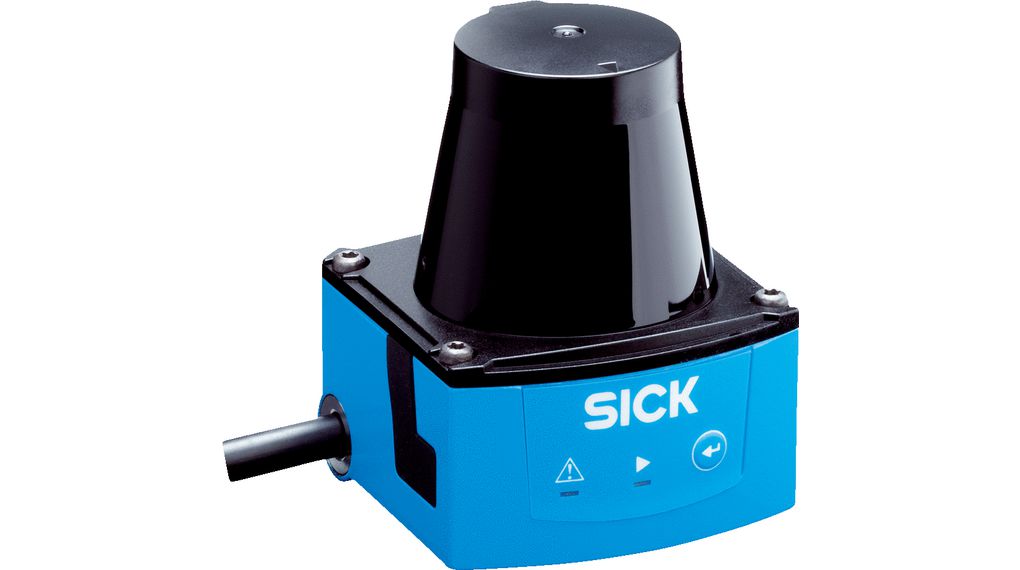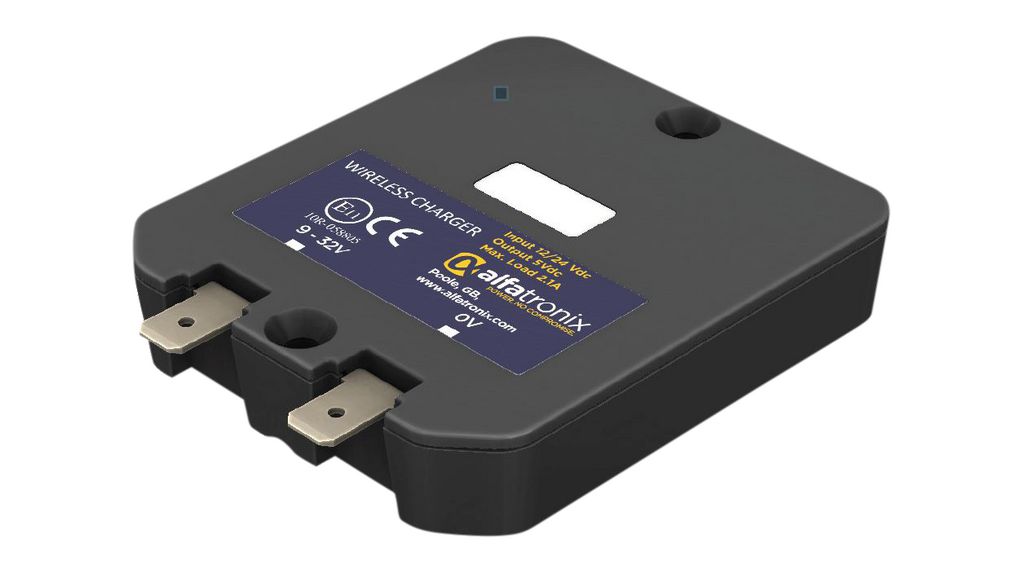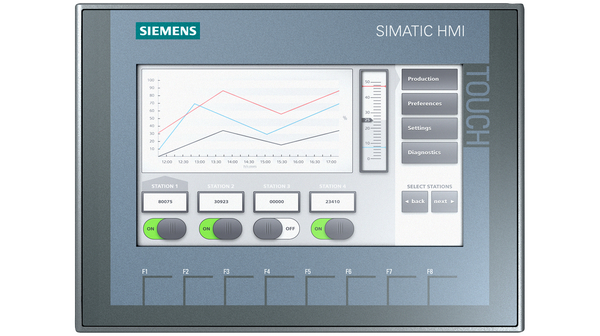Futuristic means of transport do not only exist in science-fiction movies; they already take place in our world and will soon shape how people commute, work and live.
Since 1886, when Karl Benz created a ‘vehicle powered by a petrol engine’, the car industry has changed drastically. From vehicles powered by petrol to modern hybrid and electric cars. Thanks to technology, the driving sector is transforming travelling and improving people’s lives. New modes of transport make commuting quicker, safer and more comfortable. However, the future of transportation is not just about safety but also about upgrading and launching a new era.
Hyperloop trains, self-driving cars and flying taxis, delivery drones or shape-shifting vehicles – are these the new generation of transport? So far, futuristic cars have been seen in sci-fi, but the recent development in emerging technologies, like IoT, AI and LiDAR (Light Detection and Range), as well as investment into electrification and renewables, is turning traditional vehicles into autonomous, more environmentally efficient cars, and making fiction a new reality. Fasten your seatbelts and enjoy the ride into the future of mobility.
What Are the Future Transportation Technologies?
Soon, the scene from the Blade Runner movie with flying cars called ‘Spinners’ will be everyday life. However, to make it happen, the upcoming types of transport will require new and better sources of energy as well as physical and technological infrastructure. With the growth of renewable-energy sources, advanced technology and electrification will form the future of transportation. Explore the emerging transportation technologies that are set to change the way we travel and commute in the next decade.
1. Autonomous Cars
The autonomous vehicle industry will be a danger for the current automobile industry, resulting in the largest and most dramatic transformation since its creation in the 20th century.
Autonomous vehicles (AVs), sometimes referred to as self-driving or driverless cars, are a class of vehicle that can navigate and function without the need for human input because of sophisticated software and sensors. Detecting impediments and pertinent signage, these vehicles evaluate sensor data and recognise suitable navigation routes using a combination of cameras, radar, LiDAR, GPS, odometry, and sophisticated algorithms.
Even though fully autonomous vehicles are not available to the public yet, there are some key companies trying to make it a reality. One of them is Tesla, which has been testing its Autopilot (see in the video below).
Other key players in the industry include robotaxi Waymo and Uber. These two companies teamed up to enable its clients to take rides in completely autonomous vehicles to develop AV technology.
2. Air Vehicles
Airborne travel with autonomous aircrafts is the future of mass transportation. With emerging transportation technology known as electric vertical take-off and landing (eVTOL) vehicles, it is possible to enter a new way for urban air mobility by fusing electric propulsion with aspects of drones and helicopters. Because eVTOL aircraft are built to take off and land vertically, they may operate in constrained urban spaces that traditional aircraft are unable to reach, like city centres.
Flying taxis are definitely a dream for everyone rushing in big cities and wanting to avoid traffic jams. Uber, a company well-known for providing ride-hailing services, together with several Chinese businesses are investing in this rapidly developing transport technology. One example is the video below presenting Uber’s first air taxi cabin design as a preview to what it will be like using Uber in the future. Uber vehicles are useful in and around busy urban areas because they are equipped with eVTOL technology.
Another company, Airbus, accomplished a test flight of Vahana in 2018, a self-piloted, all electric, single-seat and tilt-wing VTOL. Then in April 2021, Airbus announced its autonomous helicopter called Flightlab. Flightlab has vision-based sensors and algorithms for situational awareness and obstacle identification, thanks to autonomous technology. Besides that, it has a fly-by-wire for enhanced autopilot and an advanced human-machine interface for inflight monitoring and control. These technologies are designed to reduce helicopter pilot workload, improve safety and make mission planning and management easier.
3. Hyperloops
In 2012, Elon Musk introduced a 700 MPH Hyperloop concept. His idea was to create a mode of transport that would be cheap like road transport but fast like air travel. In cooperation with Tesla and SpaceX, it began a new era of high-speed innovation. The hyperloop can reduce waiting times by departing every couple of minutes, more regularly than other high-speed rail networks.
As Musk’s priority was developing electric cars and space rockets, he decided to allow others to continue working on Hyperloop. This led companies, like Virgin Hyperloop, to successfully design a prototype in 2017, headed by Richard Branson. Branson hoped to establish a fully operational system in 3 years, which he has done. ‘On November 8, 2020, the first passengers travelled safely on a hyperloop – making transportation history’ but what happened later? According to reports, Virgin Hyperloop, formerly known as Hyperloop One, was getting ready to close its business by the end of 2023 by liquidating its assets and terminating the remaining employees.
Even though other companies and countries are focusing on Hyperloops, like the HyperloopTT, whether a hyperloop comes to life by 2030 or later is still unknown.
4. Drone Buses
Whereas flying taxis and autonomous helicopters can transport only a few people, flying buses would be able to commute a group of up to forty. Apart from a higher number of passengers, travel on a drone bus from Los Angeles to San Francisco or London to Paris takes only an hour, similarly to an aeroplane flight. The difference, however, is that the drone bus will be able to land and take off closer to city centres.
As an Uber Taxi competitor, Kelekona trucks would transport 10,000 pounds of freight for the cost of one Amtrak ticket. To begin, there is a planned 30-minute flight from Manhattan to the Hamptons, which will cost 85 dollars. The aircraft body might be built of 3D printed composite and aluminium.
The company also confirmed that they have the enormous battery power required to keep such flights going. This amount of energy would be sufficient to power hundreds, if not thousands, of homes. Kelekona compares the battery capacity to that of Tesla’s Model S and Model 3 batteries.
Apparently, Kelekona is planning to unveil the first prototype of their own flying bus soon as they are currently working on designing and building the vehicle.
5. Walking Cars
Hyundai, a popular car manufacturer, designed a car that looks straight out of a Star Wars movie. This walking vehicle differs significantly from traditional vehicles. It almost looks like it has legs and knees and the capability of climbing up steep inclines and driving on different ground, terrains and rocky surfaces makes it the perfect futuristic mode of transport. It was primarily designed as a vehicle for the Armed Forces.
Besides walking cars, the future will also bring automobiles with the ability to transform into different things. Toyota has already created the e-Palette concept vehicle, which can be converted from a regular cab to a store selling any type of products or a delivery van. It will improve cars’ basic functionality as well as their versatility.
Why Is Futuristic Transport Important?
Urbanisation and end of traffic jams
Considering that half a century ago there were barely any cars on the streets (not many people could afford them), now almost everyone has a vehicle. There is an increased number of queues and traffic jams, especially in cities which harms the environment and impacts safety. Over a million people each year are killed or injured as a result of road traffic accidents. Technology can reduce accidents by launching IoT-enabled road sensors that instantaneously communicate with smart automobiles on the best way to avoid hazards or unfavourable road conditions. The rise of smart roads linked to the internet of things (IoT) has the potential to drastically reduce road fatalities.
Renewable fuels
When the modern American petroleum industry started in 1859, it was a major turning point in human history, however, we must break our dependence on this fossil fuel in order to fight climate change. The search for sustainable energy sources to power our mobility is still underway, with electric vehicles that run on batteries spearheading the shift away from fossil fuels.
Still, the search for sustainable substitutes is far from over. When combined with hydrogen, biogas’s renewable and carbon-neutral qualities provide revolutionary possibilities for fuel technology. These fuel substitutes have the potential to significantly influence the development of a greener and more sustainable transportation system. Hence, the focus should be on developing more vehicles that contribute to reducing reliance on fossil fuels and moving towards renewable energy.
Safety
Technology advancements make it possible to design transportation systems that are safer, smarter, and more effective. The introduction of semi-autonomous and autonomous cars holds the potential to completely transform road safety by removing human error—a primary contributor to traffic accidents. Since Electric Vehicles (EVs) have lower centres of gravity, they provide better stability and a lesser chance of rollover. Further enhancing passenger safety is the integration of smart technology and networking, which enables real-time traffic updates and hazard alarms.
With technologies like LoRa, driving can be easier and safer. LoRa technology transforms parking spaces into “smart parking slots” by utilising devices and advancements in wireless radio frequency technology. The real-time occupancy information of these advanced parking spaces may be remotely shared with a variety of IoT-enabled applications, allowing for more effective parking management and connection with the larger smart city ecosystem. In the end, these developments lower potential injuries on the roads by protecting people as well as fostering a safer, more effective transportation ecosystem.
What Will Future Transport Be Like?
With new transportation technology we are at the brink of a new era of innovation. With the means of transport mentioned in this article to other futuristic vehicles, like Maglev trains, electric scooters, hoverbikes, and more, we are slowly but surely getting closer to a future where we can fly, drive on autopilot and travel at supersonic speeds.
Additionally, the comfort and designs will potentially dramatically change our idea of what a vehicle should be. From vans or buses that have adjusted seats to make them more convertible to flying whales. Thanks to technology, soon people will be able to use personalised routes based on user data. Also, wireless battery chargers will be installed beneath highways, helping to cut air pollution and virtually eliminating the use of fossil fuels to power automobiles. Also, with the urgent need to cut down emissions, transportation will focus more on eco-friendly solutions. An example is Sweden, the country is planning to build the world’s first EV charging road.
Technology will make the most significant difference in the new era of transport, but will it be for the better? With robots as drivers and more advanced driving and parking systems, we should hope for less accidents and a safer future. One thing is for sure: in the near future, transport will vastly change the world and the way of commuting.
Recommended products
Industrial LiDAR Sensors, Sick
LiDAR plays a crucial role in the development of new modes of transportation, particularly in AVs, eVTOL vehicles, and other advanced transportation systems. One example of this technology is the laser light sensor with navigation, detection, measurement and multi-echo technology principles of operation. It is a small, cost-effective and straightforward sensor for area monitoring. It uses integrated software algorithms and has low power consumption of typically 2.2 W.

Machine Vision Systems, Luxonis
Luxonis is a developer of embedded artificial intelligence and computer vision technology. The brand partnered with OSRAM to incorporate the Belago 1.1 dot projector into its 3D solutions for automated guided vehicles (AGVs), robotics, drones, and more. This enabled the production of high-quality 3D maps for applications like object identification and obstacle avoidance.

Industrial Wireless Chargers, Alfatronix
The AL1 series wireless charging module is meant to be integrated into car equipment, allowing this service to be extended to both private and public transportation applications. This module is usually found in equipment that allows mobile phones to stay in place on the vehicle while being charged. Integration into seatback consoles and tabletops are two common uses.

HMI Panels, Siemens
Interacting with the SIMATIC S7-1200 are panels for operating and monitoring machinery and system components. It has freely configurable buttons, and its basic HMI features include a signalling system, recipe management, graph functionality, and language switching. Siemens HMI Panel connects to standard Ethernet/PROFINET (basic functionality).











